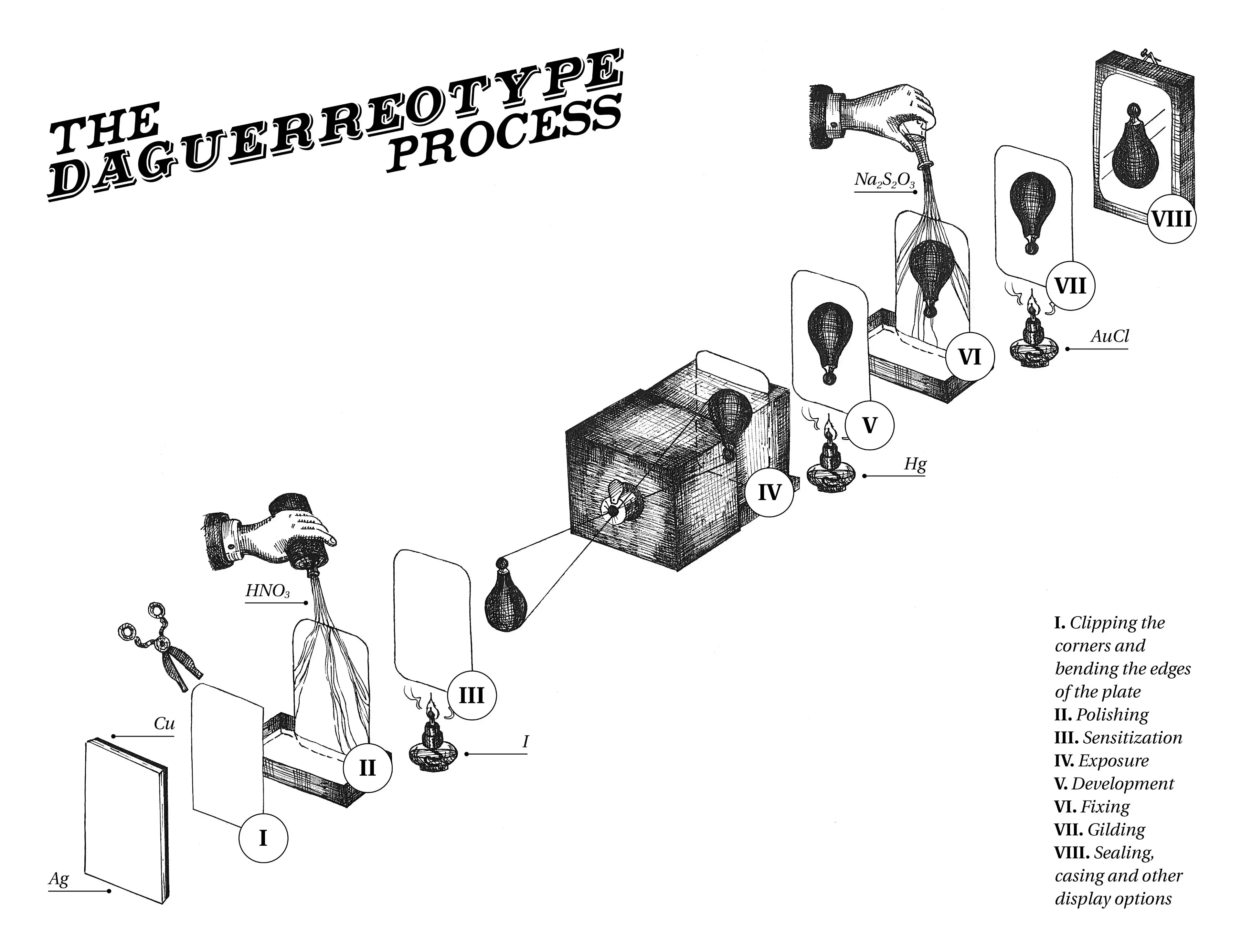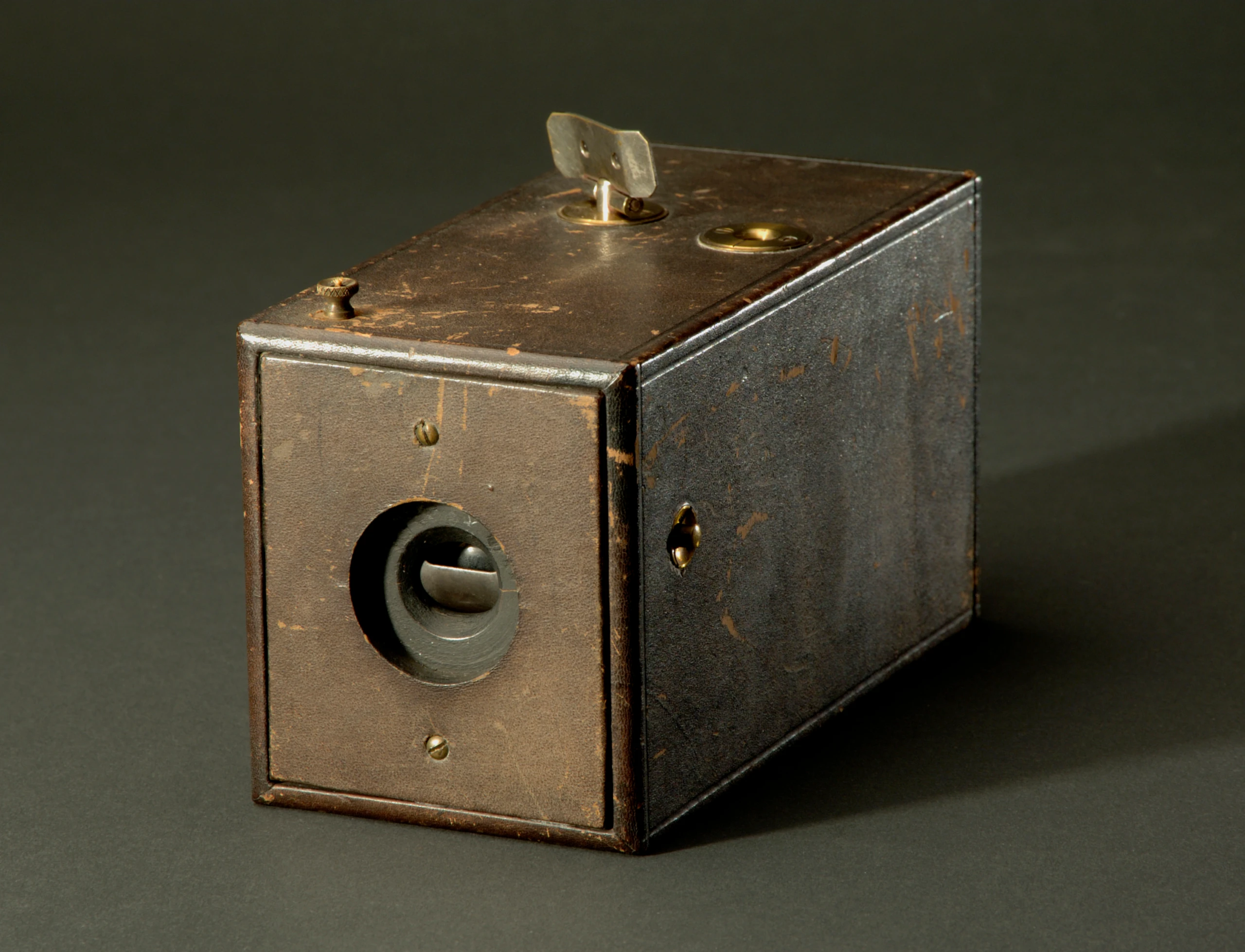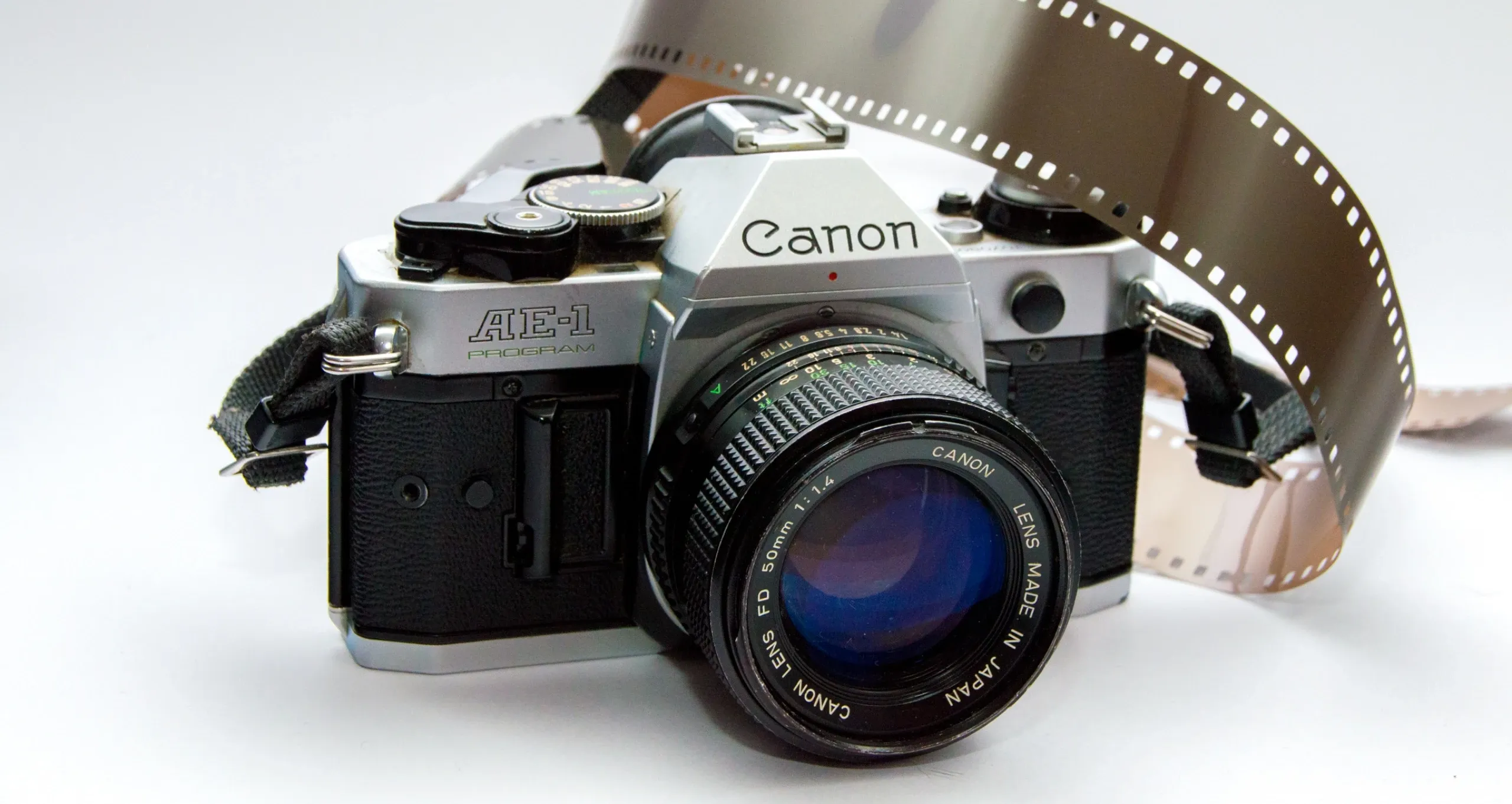DSLRs
Beginning in the early 2000s, Digital SLRs began replacing SLRs. DSLRs had many features that SLRs did not have, and if they did, outperformed SLRs almost every way. Better autofocus, video capabilities, screens that sumarrize your settings, more customizability to capture settings, timelapses, and much more. And most importantly, the ease of use with electronic file formats.
Mirroless
A new contender to DSLRs, mirrorless cameras first came to the market in 2008 thanks to Panasonic's Lumix DMC-G1. Mirrorless cameras don't have mirrors (obviously) and instead projects what the sensor sees in real time through the electronic viewfinder or the main screen. Mirroless cameras are more portable, less mechanically dependant, and allow them to operate silently due to electronic shutters.



